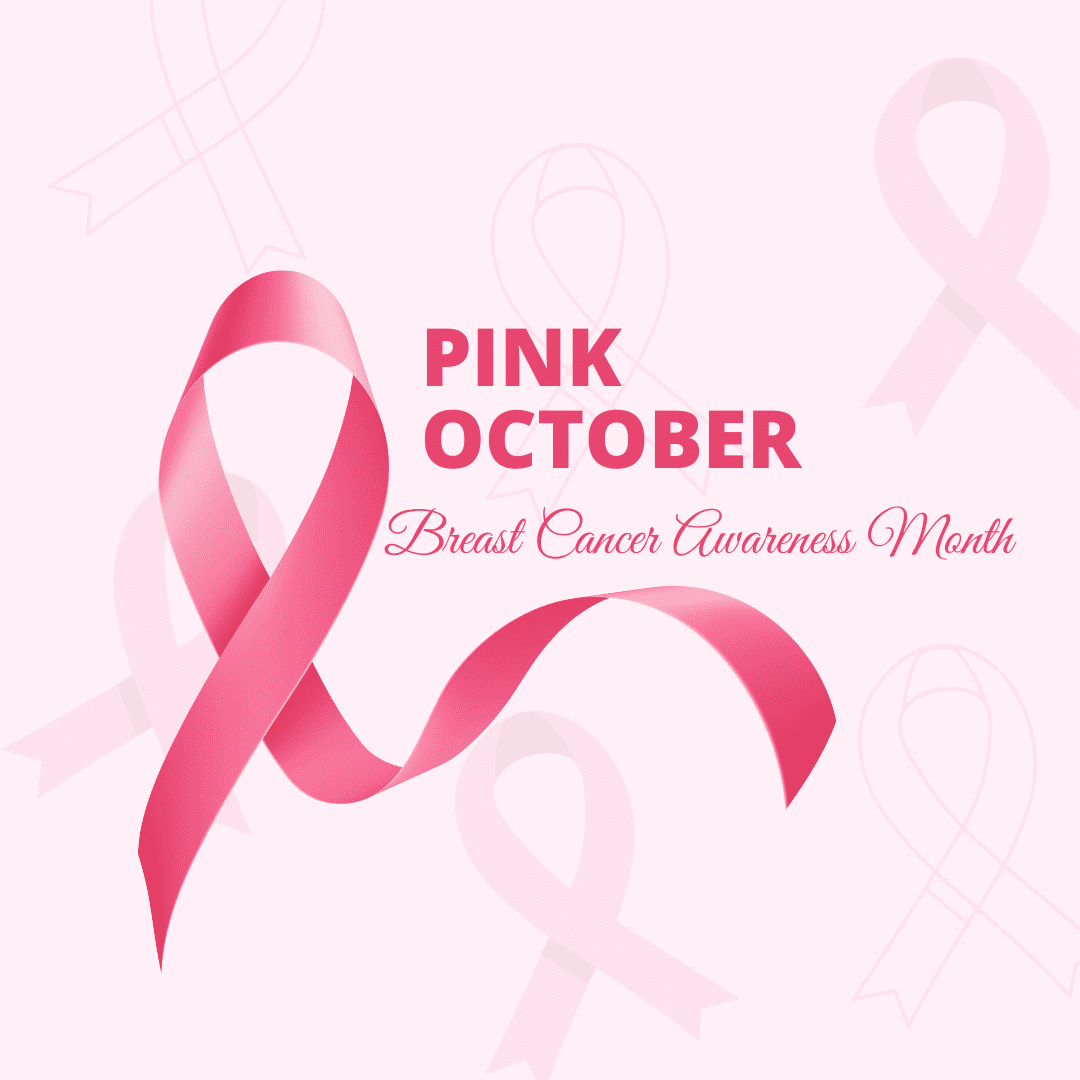
We’re decked out in pink today because it’s officially Pinktober! Hooray? It may not be the most exciting topic, but fear not! I won’t bore you with endless facts and statistics about breast cancer. I could tell you that even though the incidence of breast cancer is much lower in Africa, we have the highest mortality rate of 17.3 per 100,000 compared to other regions in the world. I also won’t tell you that studies show that Ghanaian women get diagnosed at much more advanced stages of the disease and that out of over 4,000 women diagnosed annually, about half will die. I won’t tell you any of those boring stats.
Today, I will teach you three things: how to screen for breast cancer at home, ways to reduce the risk, and the early signs of breast cancer. So we can jump right in.
Breast self-exams make you familiar with how your breasts usually look and feel. They can be done in front of a mirror, during a shower, or lying down. When in front of the mirror, take a good look at your breasts to see if there are any changes, such as nipple changes, swelling, or irregularities with the skin of the breast. Please remember that it’s normal for your breasts to be two different sizes (they are sisters, not twins). In the shower, you can lift one arm behind your head and use three middle fingers of the other hand to press down on your entire breast and armpit area to check for any lumps or hard knots. You can also squeeze the nipple to see if there’s any discharge. If you prefer the lying down method, lay on a pillow and put one hand behind your head. In this position, your breast tissue will spread evenly on your chest. Use the same three fingers with varying pressure to see if there are any changes. If you are on your period, please wait a couple of days before doing this; similarly, if you’re post-menopausal, you should perform this test on the same day each month.

If you’ve been paying attention, you’ll noticeb I’ve mentioned some early signs or symptoms of breast cancer. However, many symptoms are invisible and will only be noticeable with professional tools like a mammogram or an ultrasound. The most obvious sign will be changes in how the breasts or nipples look. These include lumps or thickening in the breasts. If you notice a nodule, there’s no need for alarm as 80% of these aren’t cancerous. Skin texture changes can also occur. You may have redness, irritation, or swelling on the breasts, nipples, or areola. There can be changes in skin texture comparable to the skin of an orange i.e. puckered skin. Nipples may also change and become inverted and may produce discharge. Different symptoms in the body may mean a myriad of things. Note any changes and see a medical professional for a consultation and screening.

Your chances of getting breast cancer are reduced significantly by having an active lifestyle, eating fruits and veggies, and cutting out smoking and alcohol. Yearly mammograms are the most effective way to screen for breast cancer in women over 40; however, if a family member has had a history of breast cancer, it is best to start from age 30. Last but certainly not least, please avoid excessive use of emergency contraceptives and hormones. They are referred to as emergency contraceptives for a reason. Estrogen-only hormones and estrogen-plus-progestin hormones increase the risk of breast cancer. Armed with this information, I hope you all feel empowered to take that first step and get screened today.
Explore our website for more valuable insights, practical tips, and delicious recipes to support your journey toward a healthier and happier you!

Join Weight Goals with Aba’s WhatsApp community and gain exclusive access to our hub of articles and recipes. Be part of a supportive community, receive valuable insights, and stay up-to-date with the latest in nutrition, fitness, lifestyle, and medicine. Elevate your weight goals journey by joining us today.

Talk to Aba